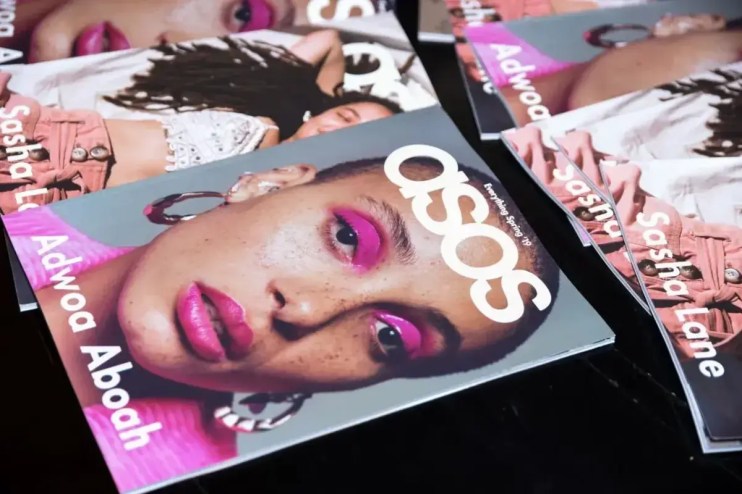How Asos’ post-pandemic debt led it to sell Topshop

Three years after buying the British high street brands Topshop and Topman from Phillip Green’s collapsed Arcadia empire, Asos has said it will sell 75 per cent of its stake in the brands to a joint venture with Heartland.
Asos bought the brands at a buoyant time for the company when its stock was near a record high, investors were happy, and everyone was buying everything online.
Since then, things have soured. For the last year, Asos’ stock price has languished at lows not seen since its first two years of listing on the LSE.
Earlier this year, it announced a £120m pre-tax loss for the first half of 2024.
Asos intends to use the sale proceeds to reorganise its debt profile.
It separately announced a £250m bond refinancing to help strengthen the balance sheet and an amendment and extension of its existing facilities agreement with Bantry Bay Capital to May 2027 with an option for a 12-month extension.
What does the deal look like?
Heartland, which is owned by Bestseller’s Anders Holv Polssen, will indirectly hold a 75 per cent stake in the joint venture worth £135m, with the remaining 25 per cent held by Asos.
After transaction fees and pro-rata payment to Nordstrom International Limited for its share of the consideration, Asos will book a cash infusion of £118m.
The joint venture will give Asos design and distribution rights in return for a royalty fee, enabling it to continue marketing and selling the brands online.
The company said it will relaunch Topshop.com as part of the venture but has no plans to open physical stores at the moment.
Was it a mistake for Asos to buy Topshop?
Shares in Asos jumped more than 20 per cent after the joint venture with Heartland was announced.
Asos bought the two brands, along with Miss Selfridge and HIIT, in 2021 from Philip Green’s collapsed Arcadia group for £265m (excluding stock).
Now, the Topshop and Topman brands are valued at £180m together — not the boost Asos would have hoped for.
“[The deal] is less a case of celebration than relief,” Russ Mould, investment director at AJ Bell, said.
However, chief executive José Antonio Ramos Calamonte said that the Topshop and Topman brands have not performed any worse or better than the rest of the retailer’s offerings.
“We have spent the last two years cleansing and putting the brand back in shape… It’s been a journey,” he said on an earnings call on Thursday morning.
A ‘great outcome’ for Asos
The online fashion seller has been struggling to turn around the business after a boom in online shopping during the pandemic by selling off piles of unwanted stock and attempting to improve its fashion credentials. Like other businesses, it has also struggled with weak demand and high inflation.
“Ahead of the COVID-19 crisis fast-paced expansion and a lack of management bandwidth combined to cause creative missteps, warehouse issues and, ultimately, slowing demand and lower profitability,” analysts at JP Morgan said.
“This legacy continues to weigh on investors’ confidence in the group to recover from the current issues it is facing in rebuilding margin and cash generation,” they added.
Mould said the deal with Heartland will, therefore, help “ease the cliff-edge” the company faces on £500m worth of convertible bonds due in 2026.
“Asos will retain some exposure through its remaining 25 per cent stake and the net result is the company’s CEO José Antonio Ramos Calamonte has more breathing space to pursue his turnaround strategy,” Mould added.
Peel Hunt analysts said: “We see this as a great outcome for Asos… [it will] improve the balance sheet and retain the brand rights for the future.”
Its latest trading update suggested that full-year sales will be down around 15 per cent for the full year, although earnings before interest, tax, depreciation and amortization will be at at the upper end of the consensus range of £20m to £75m.
Adjusted earnings before interest, tax, depreciation and amortisation (EBITDA) in the financial year 2021 was £343.7m.
Analysts at Morningstar said: “The sale… positions Asos to better weather the challenges posed by a post-COVID downturn in the online apparel industry and intensifying competition from Shein and Temu.”
